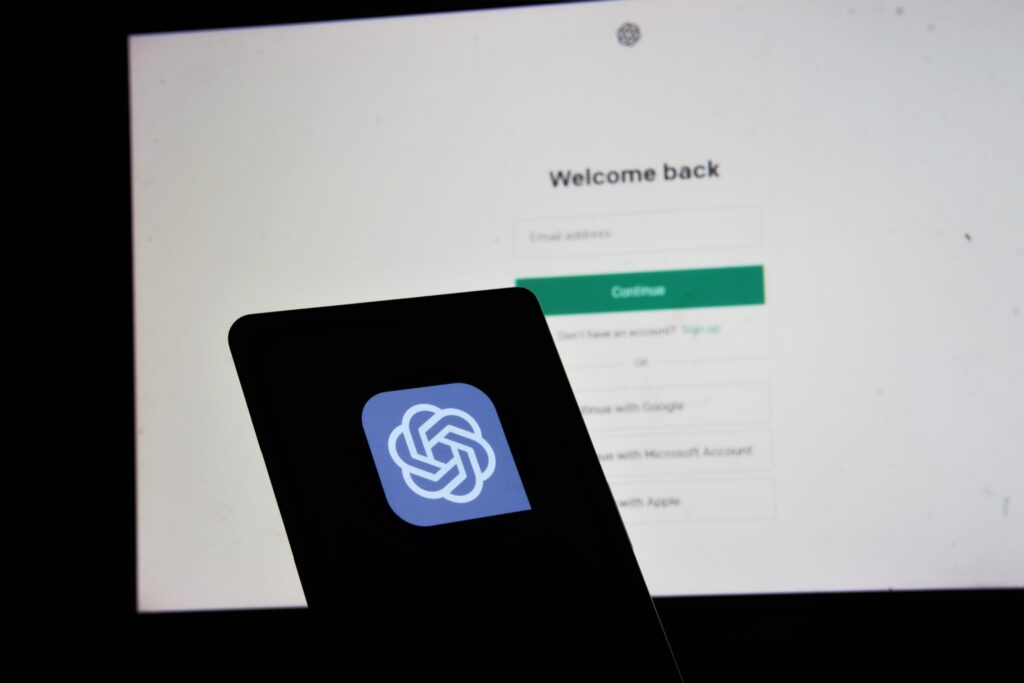Guest post by Gil Allouche, Vice President of Marketing at Qubole.
Desktops, laptops, tablets, smartphones—busy consumers have all kinds of ways to connect and communicate from anywhere and at anytime. All of this connectivity is generating huge volumes of valuable data that marketers can capture and analyze for actionable insights that lead to competitive advantage. In short, the era of data-driven marketing is exploding, and here are some ways that digital marketers are using big data to target and interact with today’s busy consumers like never before.
Analyzing unstructured data
Consumers have taken to the Internet. As a result they’re generating mountains of data through texts, emails, pictures, videos, social media interactions, the list goes on. While such data is extremely valuable to marketers—as it is all about consumer habits and behaviors—the challenge for marketers is that this type of data is “chaotic” or unstructured and cannot be analyzed via traditional means. However, through the use of big data analytics platforms, marketers can now mine huge volumes of unstructured data to gain fresh and relevant insights that can result in better marketing decisions and strategies.
Analyzing data in real-time
Digital marketers can’t make fresh decisions from “stale” insights. Today’s big data analytics platforms perform at blazing-fast speeds, yielding fresh insights from real-time analysis. Armed with reliable and relevant information delivered in real-time, marketers can make quick decisions and take fast action to optimize the effectiveness of their digital campaigns. In addition, the ability to detect important events in real-time—such as valued customers shopping “live” on a website, or a potentially fraudulent transaction on a customer’s credit card—and be able to respond to these events quickly can give a company an additional competitive edge.
Delivering personalized and targeted ads
Back in the day, advertisers relied on surveys, focus groups and educated guesses to target their ads as best they could. However, in today’s connected world, digital advertisers have access to a treasure trove of online information about what consumers are doing, liking and sharing. Information they can use to create more targeted and personalized ads featuring the kinds of products and services that consumers can actually see themselves wanting and using. If you’ve ever shopped or even just stopped on a commercial website, only to come across ads for that site’s products or services as you continue your journey on the web, you’ve seen this type of targeted advertising in action.
Delivering hyper-localized ads
As effective as personalized and targeted ads can be, when those ads are delivered to the right consumers at the right time—in context—that’s solid gold for digital advertisers. And thanks to big data analytics, the explosion of smartphones and Geo-location capabilities, the delivery of hyper-localized ads is now a reality. By integrating social data with location data, digital marketers can hyper-target consumers with real-time mobile ads, delivered seamlessly into their busy lives and perceived, not as invasive campaigns, but as relevant and meaningful interactions. Not surprisingly, real-time hyper-localized advertising has been shown to increase customer engagement and drive conversions, which is what effective advertising is all about. A bonus for marketers is that geo-location data provides a treasure trove of insights into consumer shopping habits and behaviors that can be used to inform future campaigns.
Clearly the era of data-driven marketing is exploding. And as big data analytics technologies continue to advance, digital marketers will be able to extract more valuable insights even faster from mountains of consumer data.





